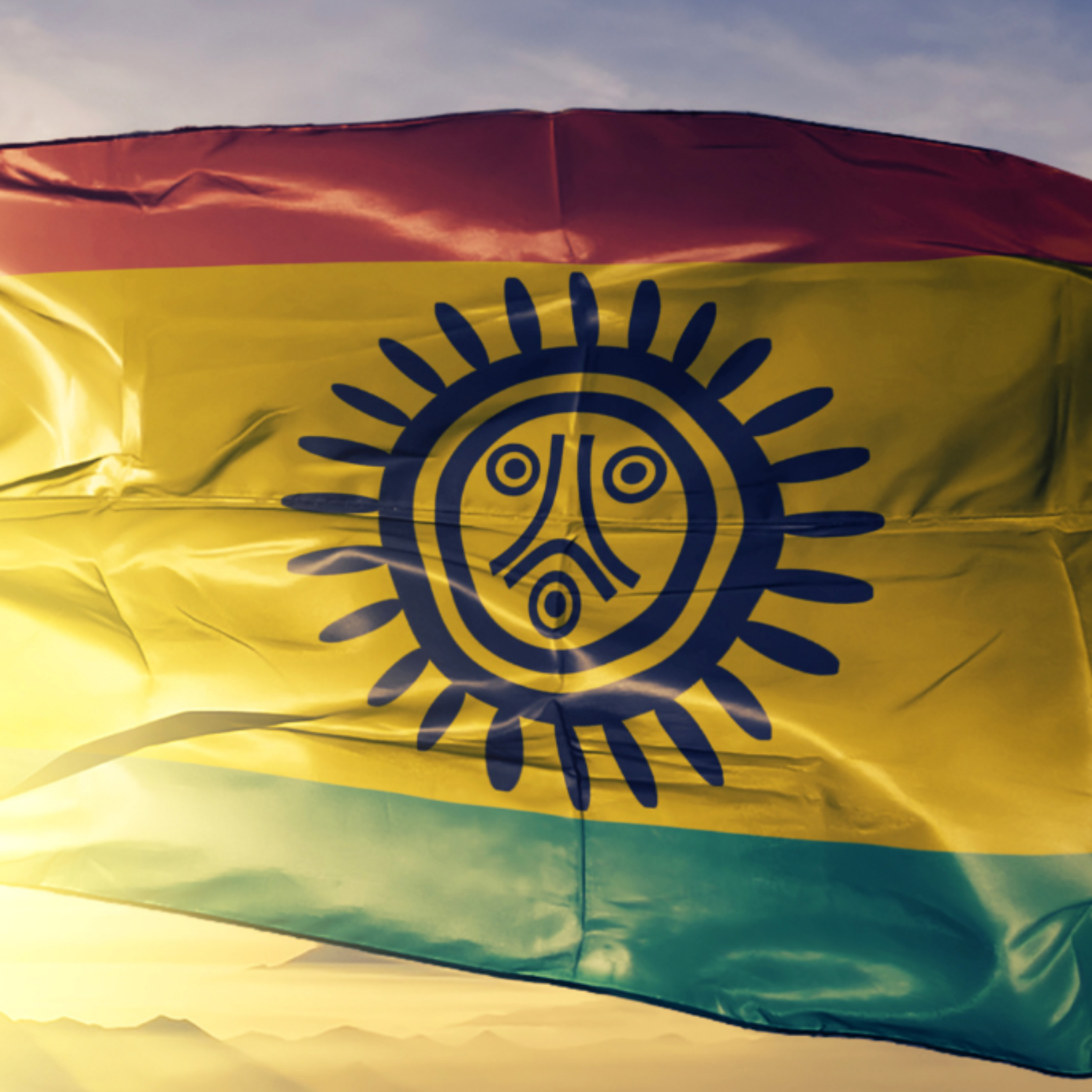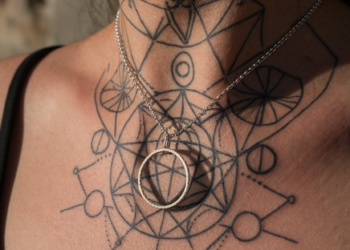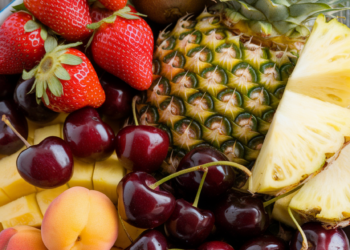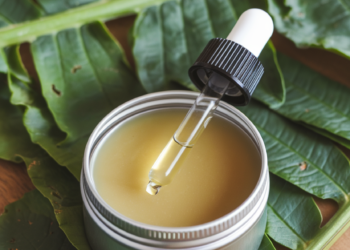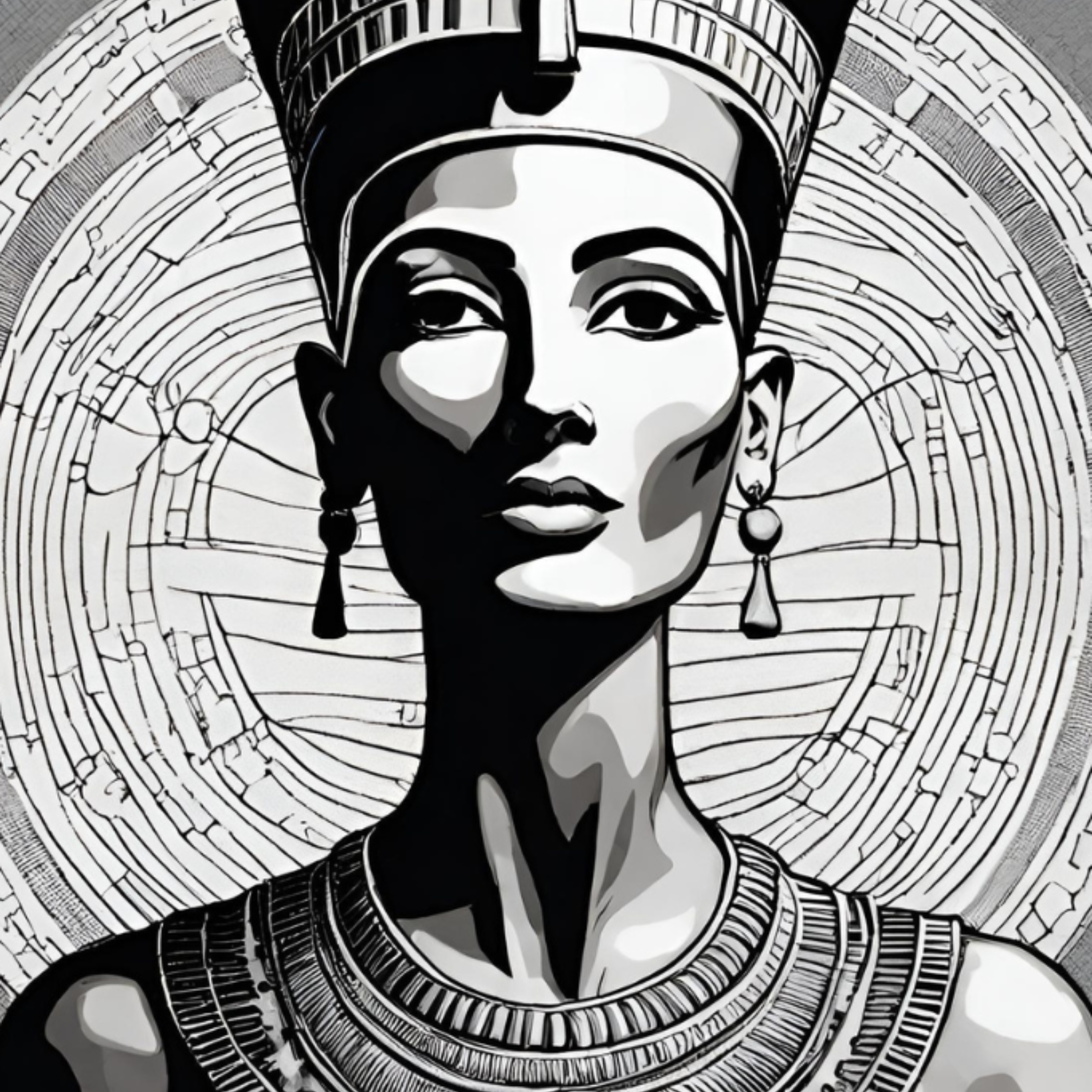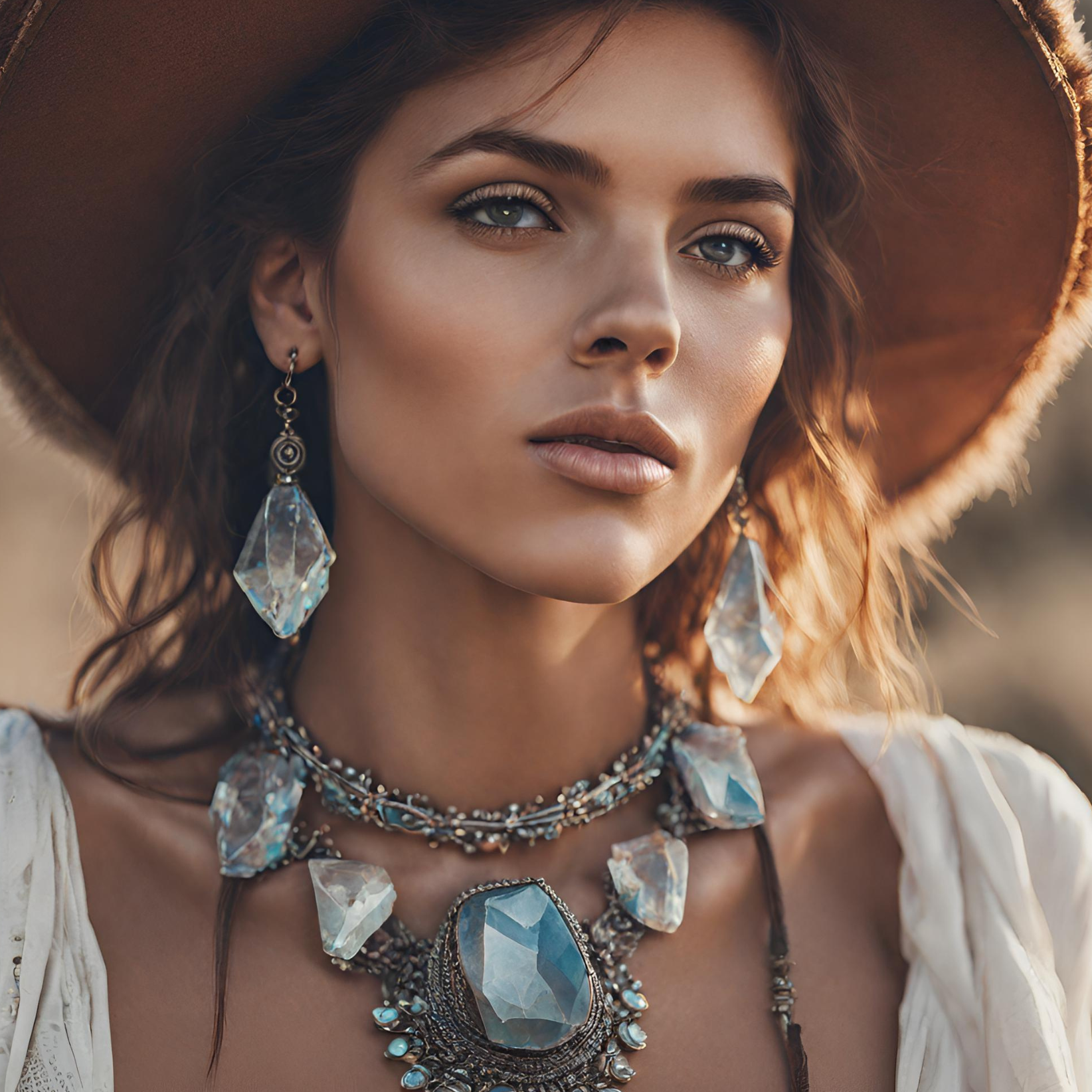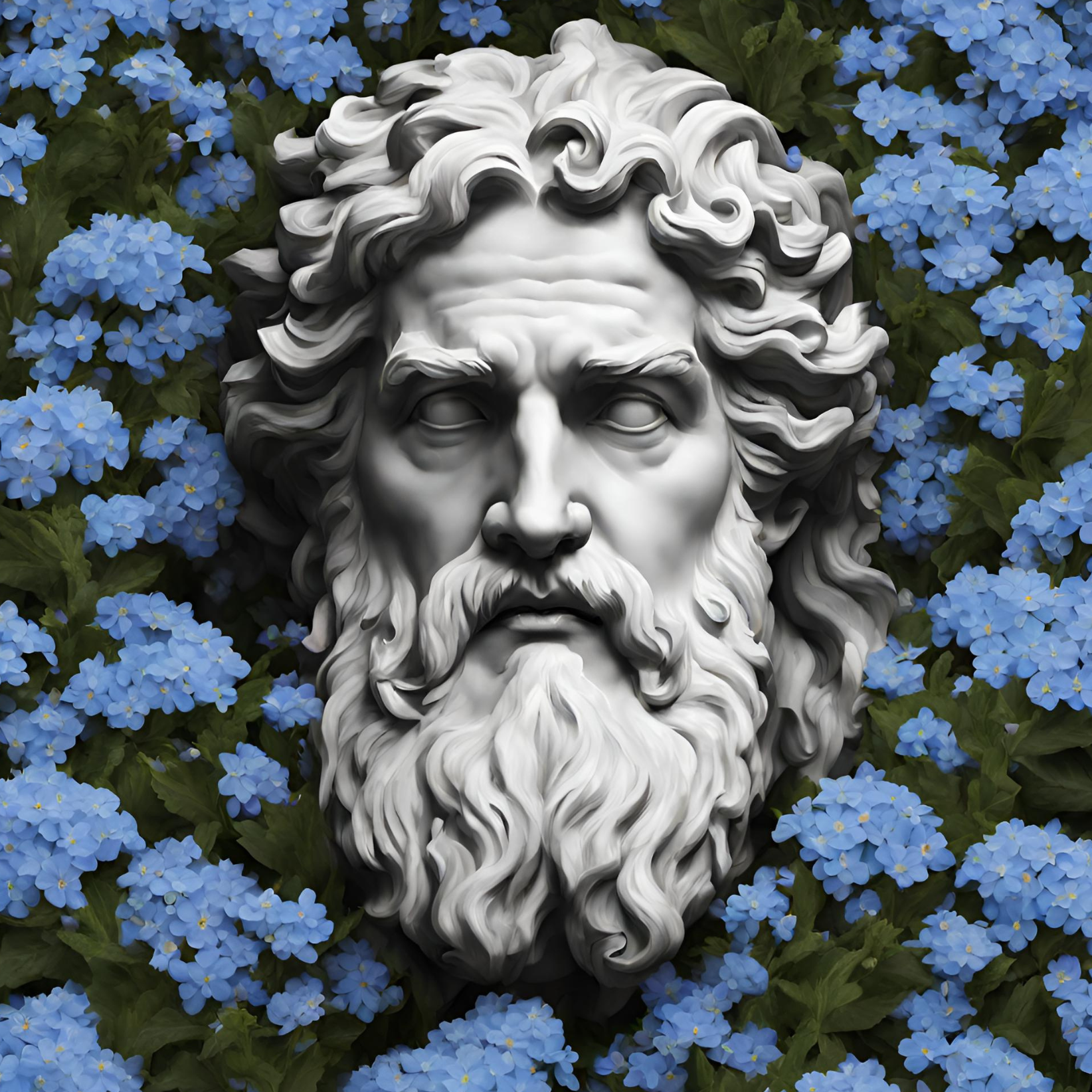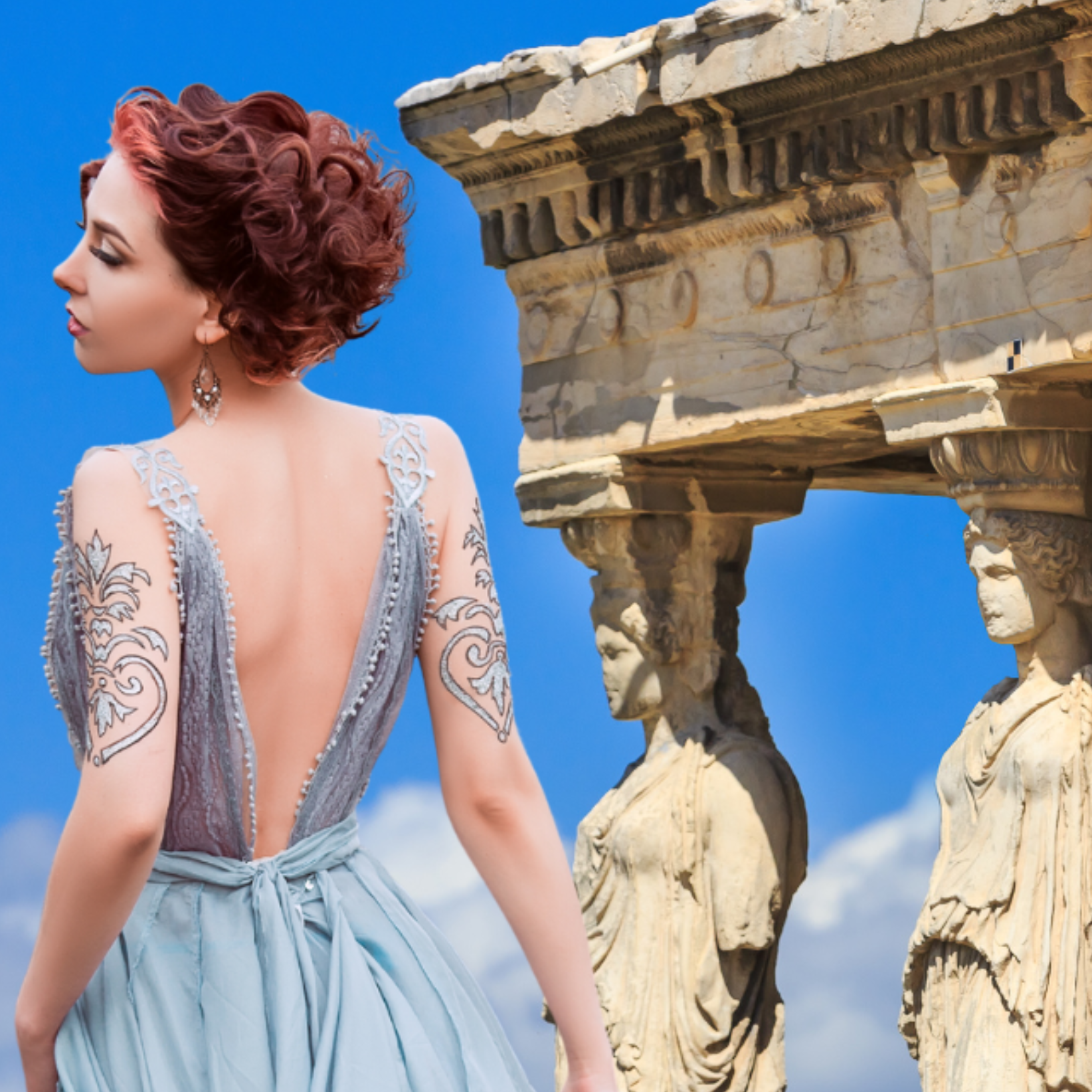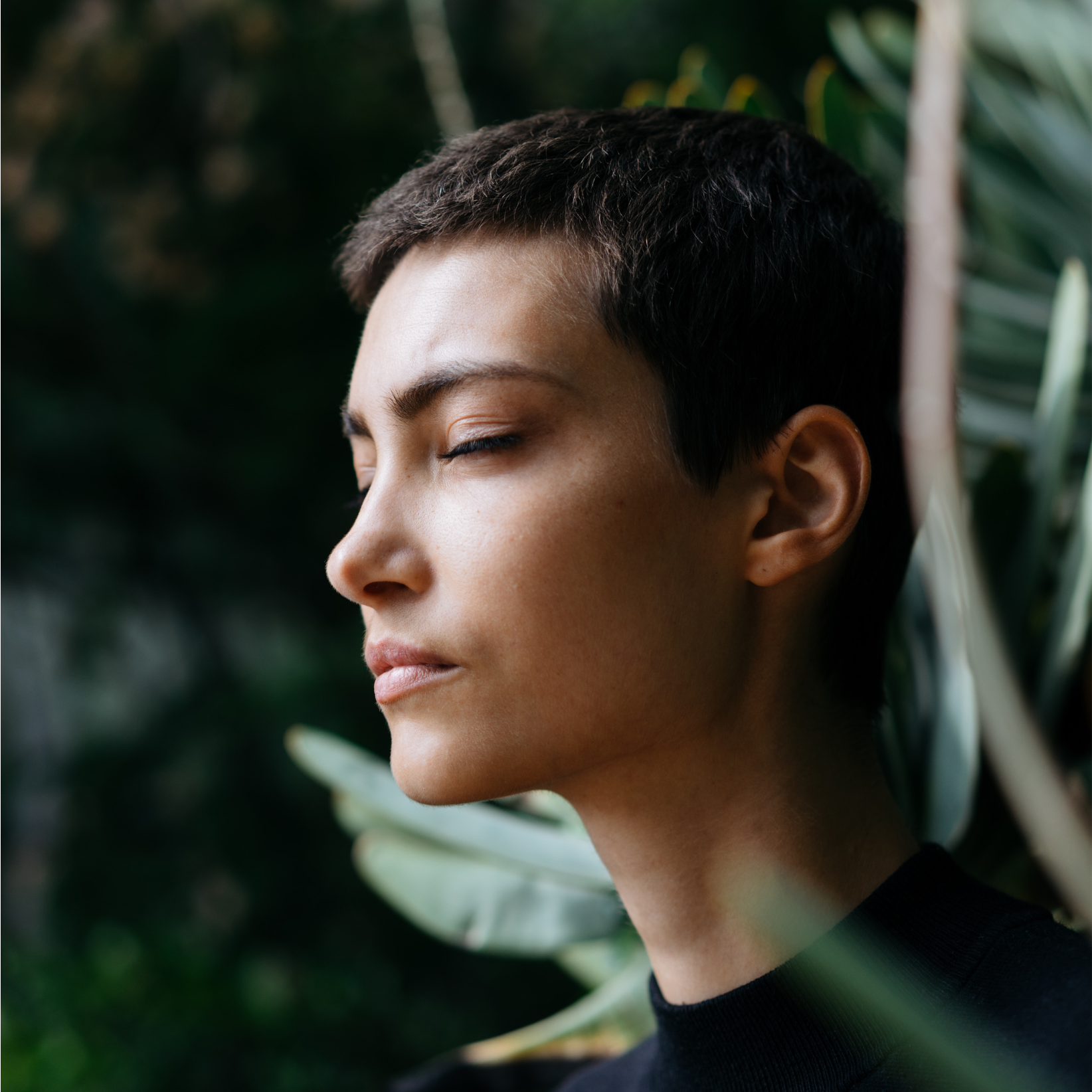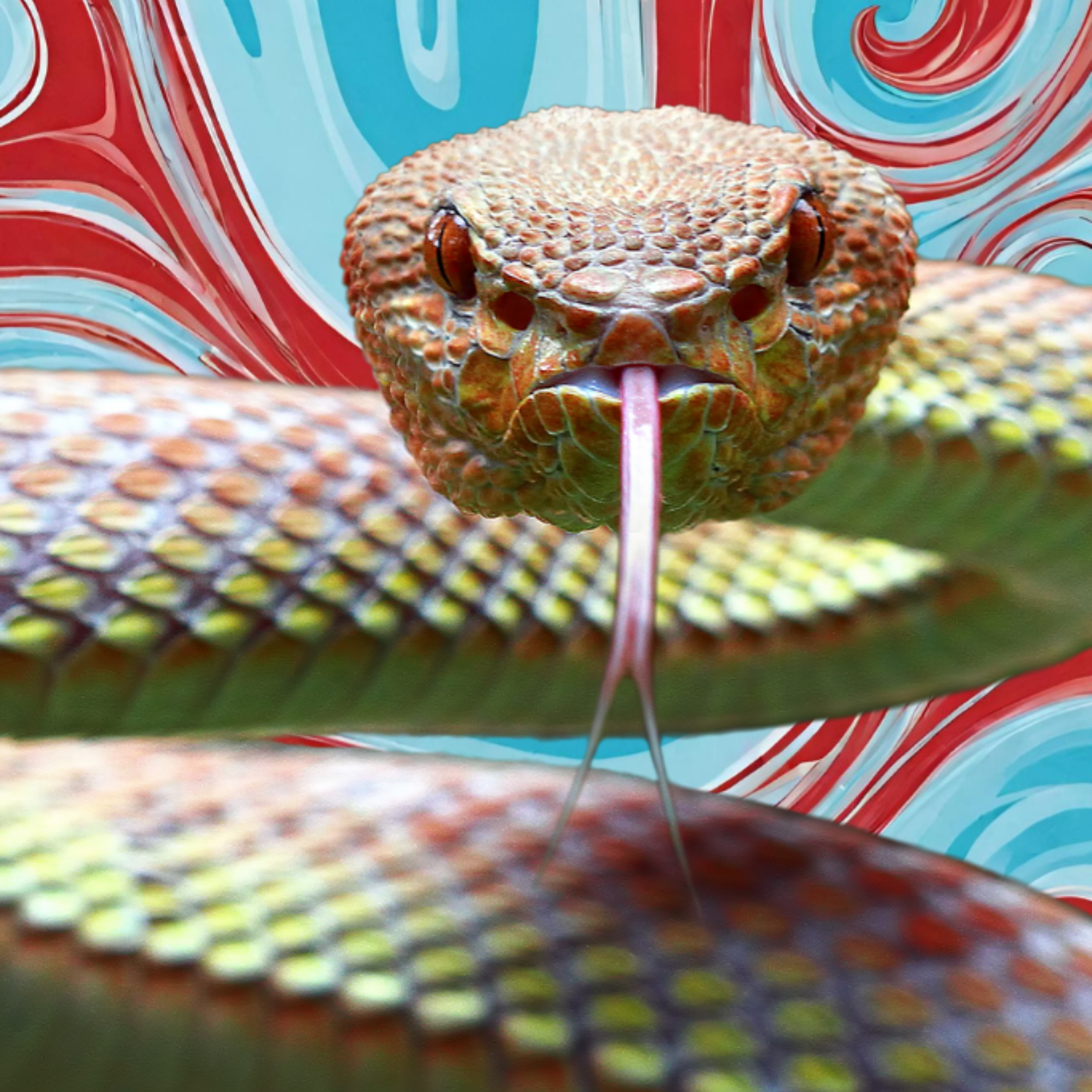The Taino people were one of the largest indigenous groups inhabiting the Caribbean islands before the arrival of Christopher Columbus in 1492. Known as skilled farmers, fishermen, and artisans, the Taino culture was rich with mythology, symbols, and traditions that endures long after their civilization declined.
In this article, we will explore the meanings behind one of the most iconic Taino symbols – the sun symbol. We’ll learn about the Taino creation myth, gods, and culture to better understand the significance of this ancient icon.
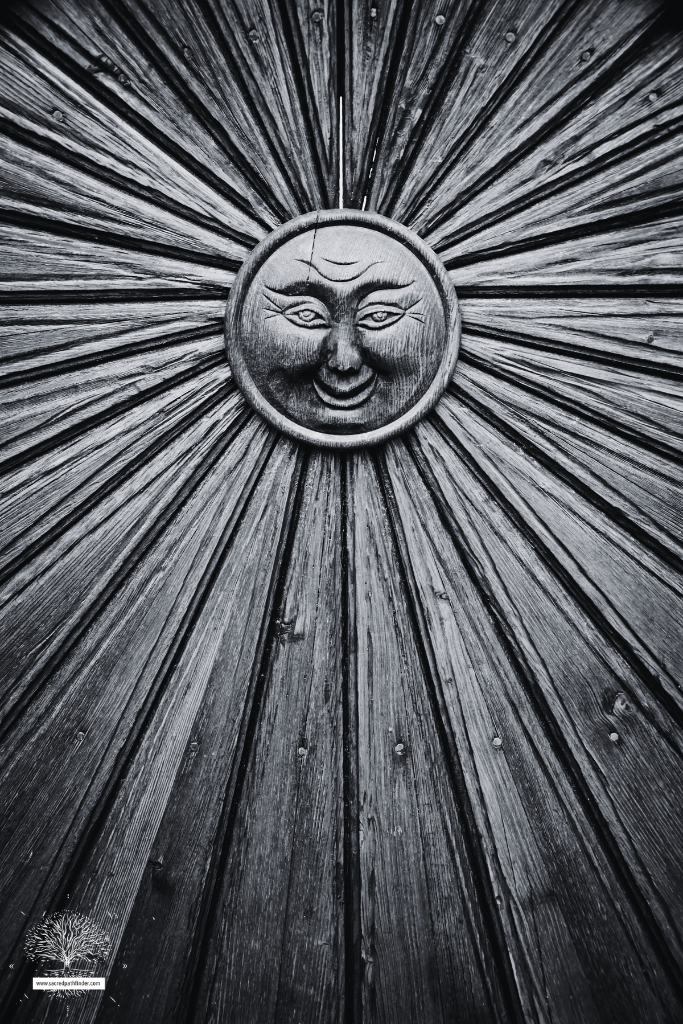
By the end, you’ll have a deeper appreciation for this disappearing culture and its sacred art.
Who are the Taino People of the Caribbean?
The Taino were an Arawakan-speaking indigenous group that settled across many islands in the Caribbean, including the islands of Puerto Rico, Jamaica, Cuba, Hispaniola, and the Bahamas. Skilled farmers, fishermen, and artisans lived in large coastal villages across the Greater Antilles and Lesser Antilles islands. The Taino organized their communities into chiefdoms known as cacicazgos, each ruled by a cacique or chief.
Before European contact, scholars estimate there were between 1 to 8 million Taino people spread across the Caribbean islands. The Taino had developed a rich and vibrant culture, but sadly their numbers dwindled rapidly after Spanish colonization due to disease, violence, enslavement, and other factors.
There are no full-blooded Taino people left today, however, there are many Puerto Ricans and other Caribbean people who have partial Taino ancestry and identity. Intermixing occurred between the Taino, Spanish colonists, and African slaves brought to the islands. This produced new mixed-ancestry groups.
Many modern Puerto Ricans, Cubans, and Dominicans have some degree of Taino heritage passed down genetically, even if the full culture was lost.
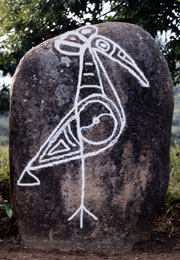
DNA testing has found that an average Puerto Rican has about 15% indigenous Taino ancestry, though amounts vary. Some have more, some less. In remote parts of the Caribbean, tiny populations of self-identified Taino descendants kept more isolated and retained some cultural practices. But these are very limited.
Since the 1990s, Puerto Rican and Caribbean cultural identity movements have created a resurgence of interest, pride, and revival around Taino cultural heritage. Some identify as “Neo-Taino” to connect spiritually and ancestrally with the culture of their indigenous forbearers.
So while no full-blooded Taino remains today, their legacy and partial ancestral lineage live on through many modern Caribbean people reconnecting to that vital indigenous root of their identity. But the original Taino civilization is long gone.
Where Did the Taino People Live?
The Taino inhabited the largest islands in the Caribbean, settling across what are now Puerto Rico, Jamaica, Cuba, Haiti, the Dominican Republic, and the Bahamas. They lived in large coastal villages known as yucayeques, which held up to 3,000 people each.
The Taino civilization centered around three major chiefdoms – the Marien chiefdom in the Bahamas, the Magua chiefdom in Cuba, and the Higuey chiefdom in Hispaniola.
In Puerto Rico, Taino communities were scattered across the coastal regions and fertile interior river valleys. Major archaeological sites like Caguana Ceremonial Park and Cueva del Indio showcase remnants of Taino civilization on the island. Many place names used today in Puerto Rico, Cuba, and the Dominican Republic derive from the Taino language, reflecting their long-standing presence.
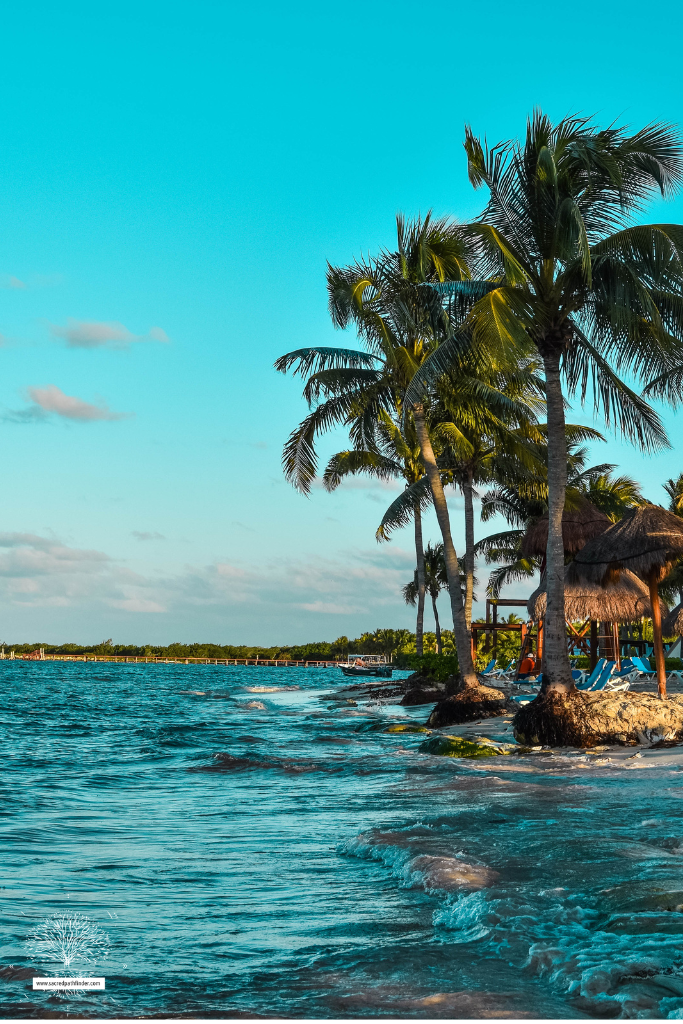
“El sol de Jayuya” refers to the Taino sun symbol that is widely associated with the municipality of Jayuya in Puerto Rico. Jayuya is located in the center of Puerto Rico, in the mountainous region, which was home to many Taino settlements before colonization.
Archaeological sites in Jayuya like the Cueva del Indio cave contain petroglyphs and artifacts showing the Taino sun symbol. This has led to the interpretation that the sun symbol found in Jayuya represents a local Taino variant or regional sun deity. El sol de Jayuya features a broad round face, large eyes, and a distinctive mouth, along with stylized sun rays.
It is painted, carved, or displayed proudly throughout the municipality as a symbolic connection to their indigenous Taino heritage.
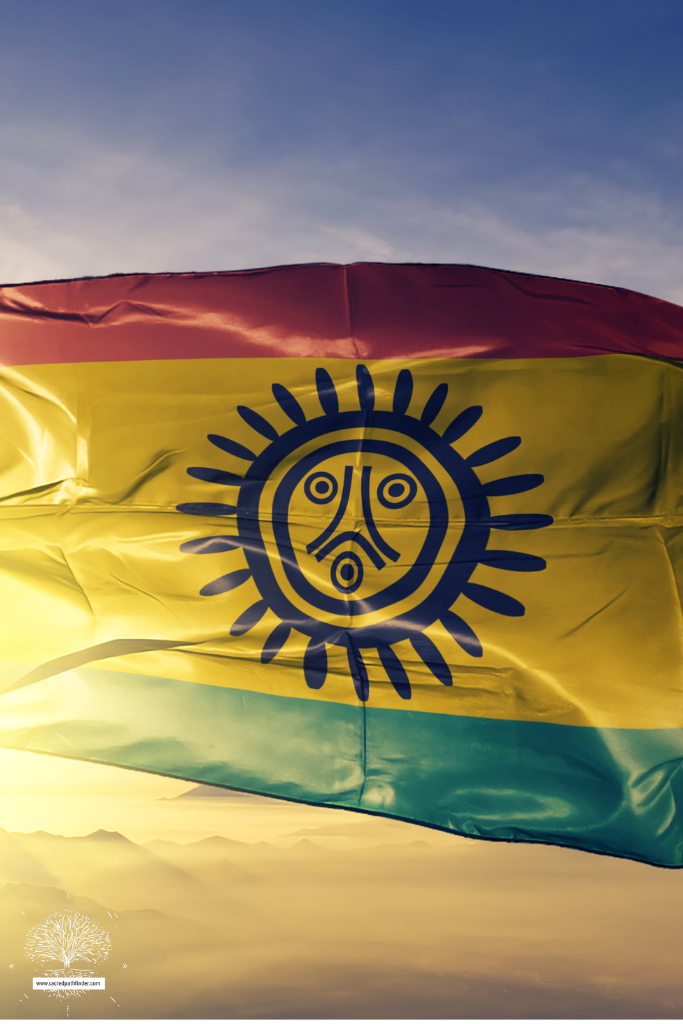
The Cave Cacique Mautiatibuel is also an important Taino archaeological site located in the municipality of Barranquitas in Puerto Rico’s central mountainous interior. It is a cave site that contains artifacts and petroglyphs (rock carvings) left by the indigenous Taino people before colonization.
The cave is named after the Taino Cacique (chief) Mautiatibuel who likely used it for shelter and ceremonies. Taino petroglyphs found in the cave depict spiritual imagery like faces, frogs, and zemi idols. This suggests it had ritual significance.
Archaeologists have uncovered stone collars, pottery fragments, and tools made of shell and bone within the cave. It was declared an Official Archaeological Zone by the Puerto Rican Institute of Culture in 1992 to protect it.
What Does the Taino Sun Symbol Represent?
The Taino sun symbol represents the source of life, power, and renewal. This sacred icon is linked to the Taino religious myth of the sun and moon being born from a pair of eternal lovers.
The Taino sun emblem has been found carved into religious objects, painted on pots and tools, and displayed in spiritual ceremonies to represent the eternal power of nature.
Is the Taino Sun Symbol Religious?
Yes, the Taino sun symbol is deeply connected to the religious beliefs and cosmology of the Taino people. It represents the power of the supreme creator god Yaya, as well as the destructive forces of nature embodied in Guabancex. The Taino practiced an animistic religion where spirits were manifested in objects, animals, and natural forces.
The sun symbol adorned religious artifacts used by the Taino shamans and spiritual leaders known as bohiques. It appeared on ceremonial tools to invoke the guidance of ancestors and gods. The Taino incorporated this sacred symbol into rituals for planting, harvest, and various rites of passage. So while simple in design, this emblem carries deep spiritual meaning for the Taino culture.
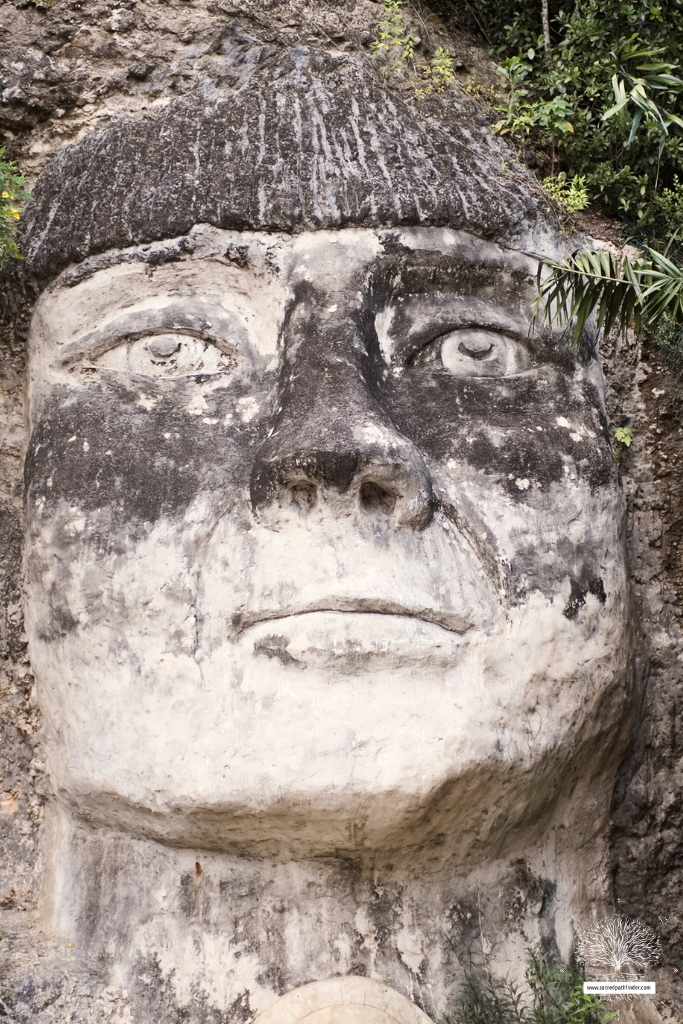
What is the Taino Creation Story?
According to Taino cosmology, the supreme creator god Yaya formed the sky, earth, sun, moon, seas, and all living things. The minerals and stones of the earth grew in layers upward to become mountains.
Yaya then shaped the first man and woman out of stone. The Taino believed humanity emerged from a sacred cave called Cacibajagua, the womb of Mother Earth. After creating mankind, Yaya took rest in this cave and imbued it with his divine spirit.
The Taino also venerated Yocahu Bagua Maorocoti, the god of the sea, known as the “Son of the Dawn.” He was tasked with protecting the oceans and fishermen who sailed upon them. The Taino sun symbol is connected to this mythos of the supreme creator, Mother Earth, and the divine forces of nature.
What Other Gods are Part of Taino Beliefs?
While Yaya was the supreme creator deity, the Taino believed in an array of lower gods and spirits connected to nature. Some key figures include:
Atabey: Mother Goddess
Atabey represents fertility, fresh water, and human health. She was often depicted as the Virgin Mary after colonization. She was honored as the ‘Mother of Waters’ who nourished plants, animals and humans. Her name meant ‘great mother’ in the Taino language.
Atabey was the fertility goddess paired with Yocahu, the supreme creator god. Together they created humankind. The Taino believed bodies of fresh water like lakes, streams and rivers were sacred to Atabey. Offerings were made to her before fishing or collecting water.
Atabey also governed human fertility and childbirth. Pregnant women would wear Atabey amulets for protection.
Shamans invoked Atabey during healing and cleansing rituals using sacred water, plants and purging.
Today Atabey is considered one of the primary important symbols of Taíno legacy and culture. She represents the maternal essence of the earth.
Guabancex: Goddess of Natural Forces and Disasters
Guabancex was the powerful Taíno goddess of storms, especially hurricanes and tornadoes. She was seen as a destructive force of nature, capable of unleashing devastating winds, rains, and floods. Her name meant ‘one whose fury destroys’. Guabancex was also known as Guatauva or Guatauba, the Lady of the Winds. She dwelled in the mists of the mountains.
The Taíno believed Guabancex was married to the thunder god Juracán. Together they produced chaotic storms. When storms roared through Taíno villages, they knew it was Guabancex venting her fury. Fearing her wrath, they would take shelter and make offerings.
Shamans attempted to placate or invoke Guabancex during rituals controlling the weather. Dances, chants, and sacrifices were made in her honor.
Guabancex was both feared for her destructive power, but also revered for bringing life-giving rains to nourish crops.
Opiyelguabirán: Nocturnal God, Watcher Over the Night
His name means “night dweller” or “night wanderer” in the Taíno language. Opiyelguabirán was considered the night counterpart to the sun god. He brought darkness over the world.
According to legend, Opiyelguabirán descended from the heavens each night to cloak the world in blackness. As a night god, he was believed to walk the forests and gardens under moonlight, protecting people while they slept.
The Taíno considered Opiyelguabirán a messenger who moved between the realms of the living and dead at night. They believed he could commune with ancestors and bring back knowledge from beyond the grave.
Shamans would call upon Opiyelguabirán to help guide them during spiritual rituals done after dark. Opiyelguabirán governed mysteries, dreams, and intuitions – the magical side of night’s darkness.
He was seen as youthful, vibrant, and full of potential like the moon at its peak.
Macocael: Trickster God
Macocael was a lesser-known god in Taíno mythology who had shapeshifting abilities. Macocael was considered a trickster deity who could transform himself into different animals, objects and people.
Legend says Macocael roamed the forests and shores, constantly changing form to confuse, evade or trick humans. The Taíno believed Macocael was a mischievous spirit who enjoyed playing pranks on people using his powers of illusion. He could appear as a person, animal, ghost, tree, rock or any object to disguise his true nature. This made him hard to pin down.
Shamans and bohiques were among the few who could see through Macocael’s tricks and disguises to discern his true form.
The name Macocael means “trickster spirit lord” in the Taíno language. Macocael’s ability to shift shapes made him an unpredictable, chaotic force in Taíno myths. But he also brought fun and misfortune in equal turns.
Some legends tell of Macocael teaching humans the art of dance during his visits to villages.
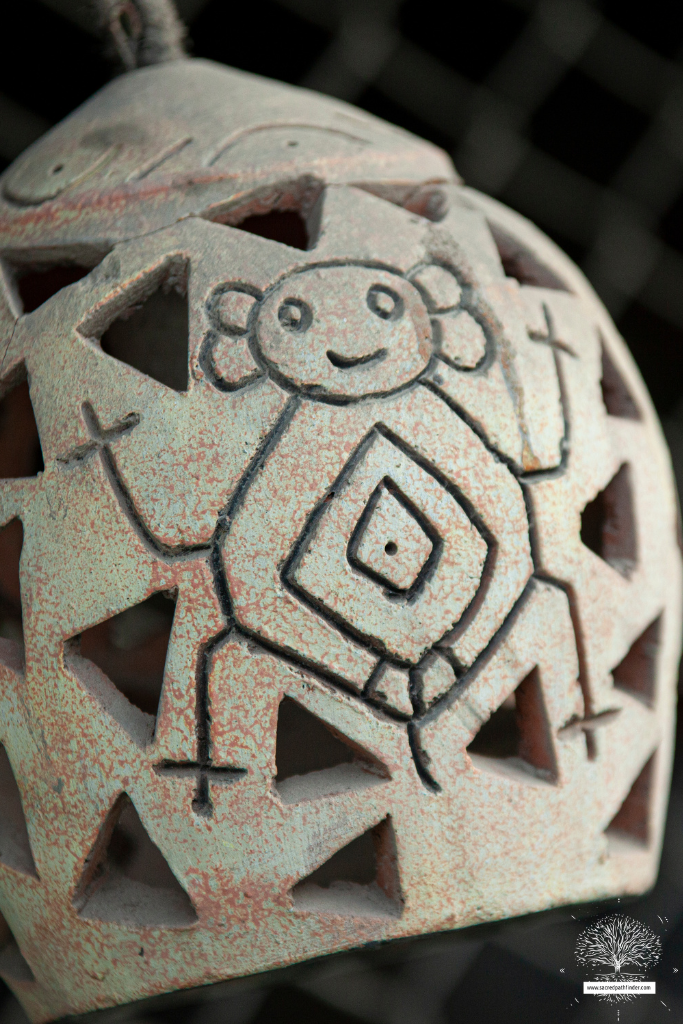
How was the Taino Sun Symbol Used in Ancient Culture?
The ancient Taino incorporated this sacred sun emblem into many aspects of their culture and daily rituals. Shamans would paint the symbol onto ceremonial objects used in religious rites to invoke divine favour and the power of nature.
The Taino sun image commonly adorned utilitarian tools and objects like pots, gourds, baskets and stone collars. By decorating everyday items with this special symbol, the Taino gave thanks and paid tribute to the natural world.
The Taino also incorporated the sun symbol into sacred rituals and dances. For agricultural tribes like the Taino, the cycles of the sun were crucial for planting and harvest times. The sun image amplified the Taino’s prayers for bountiful crops and fortunes.
Important events like coming of age rituals and burials were marked using the Taino sun emblem. It offered symbolic protection, renewal and the continuity between generations. So this icon permeated both spiritual and daily life.
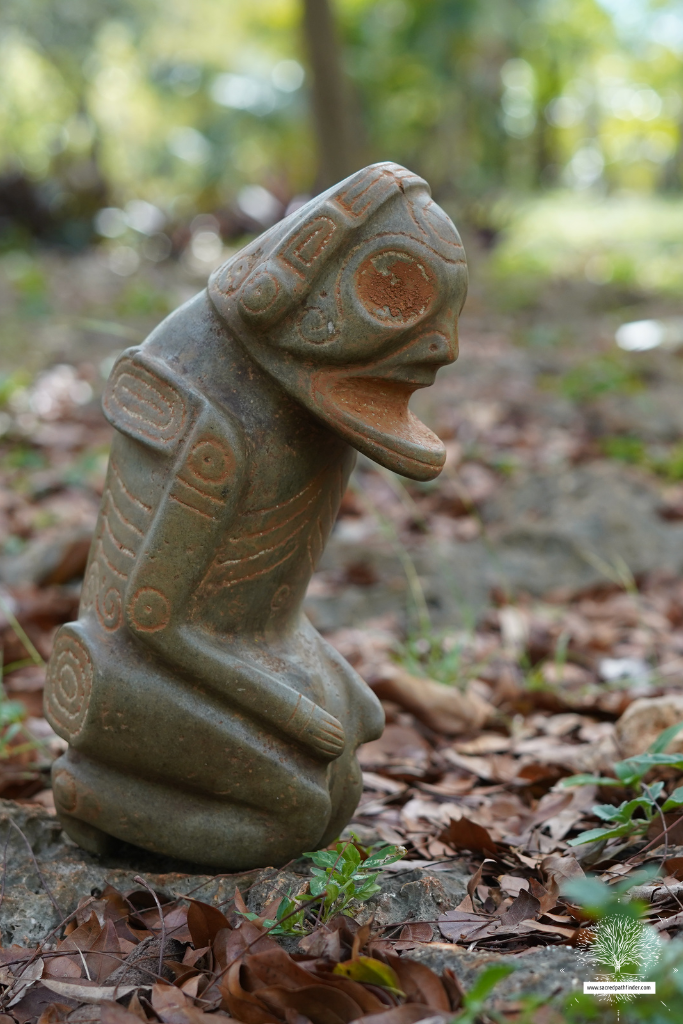
What Other Taino Symbols are Sacred?
Beyond the sun symbol, the Taino culture created stylized versions of animals, objects and patterns to convey spiritual meaning. Common sacred symbols included:
– Frogs: Represented fertility and water sources.
– Lizards/Iguanas: Important in the creation myth, symbolized the soul.
– Turtles: Connected to female fertility and Mother Earth.
– Snakes: Represented spiritual vision and the afterlife portal.
– Birds: Icons of freedom and the human soul.
– Fish/Sharks: Abundant food source celebrated in Taino art.
– Cemi: Ceremonial three-point stone collars worn by tribe leaders.
– Duho: Sculpted wooden ceremonial seats used by chief and shamans.
– Petroglyphs: Symbolic patterns carved into stone, like spirals.
These recurring images portrayed myths, gods, clans, and rituals integral to understanding Taino spirituality. They demonstrate the close relationship between the Taino religion and the natural landscape.
What Types of Food Did The Taino People Eat?
The Taino diet centered around staple agriculture crops they skillfully cultivated, like maize, cassava, beans, squash, sweet potatoes, and pineapples. Fish and seafood were abundant sources of food living on the Caribbean islands. They also hunted smaller animals like hutias, a type of rodent, as well as turtles, iguanas, and birds.
For everyday meals, the Taino enjoyed stews made from boiled maize, vegetables and tubers. A popular dish was guanime, made of grated cassava shaped into dumplings and then boiled. Roasted fish and meat were savored, along with tropical fruits like guava.
For celebrations, the Taino prepared elaborate feasts featuring beef, pork, duck, turkey and sea turtle. They smoked meats on wooden frames to preserve them. Food offered to the gods and ancestral spirits during ceremonies included cassava bread, fermented corn beverages, and hallucinogenic snuff made from cohoba seeds.
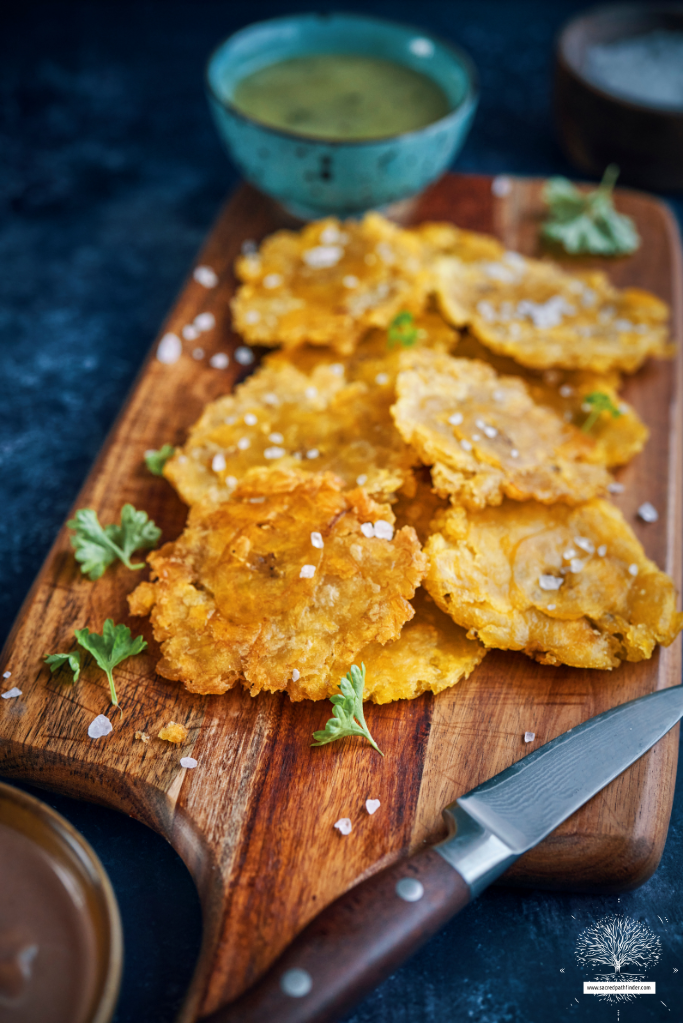
Important Taino Words and Meanings
The Taino spoke an Arawakan language closely related to other South American indigenous groups. Here are some important Taino words and their meanings:
– Bohique: The shaman or spiritual leader of a Taino community.
– Cacique: The chief or leader of a tribe or cacicazgo.
– Caney: A circular wooden and thatch hut, the traditional Taino home.
– La Cosecha: La cosecha means “the harvest” in Spanish.
– Hamaca: The woven cotton hammock beds used by the Taino.
– Barbecue: Cooking method of smoking meat on wooden frames, originated from Taino word barbacoa.
– Hurricane: Taino word hurakán, named after the storm god Juracán.
– Tobacco: Originally a Taino word, tabaco referred to the sacred herb used ceremonially.
– “Toa toa”: This is a phrase in the Taíno language that means “good” or “excellent” and can also translate as “beautiful”, “fine”, or “pleasing” depending on context.
– Maiz: Modern word for corn came from the Taino mahiz, their staple crop.
How was the Taino Sun Symbol Used in Ceremonies?
The Taino sun symbol appeared frequently in religious and spiritual rituals led by the tribe’s bohiques. Shamans would invoke ancestral spirits and gods like Yaya and Atabey through song, dance, trance states, and offerings. Important ceremonies featuring this sun icon included:
- Agricultural rituals celebrating the planting and harvest of crops.
- Initiation rites marking a boy or girl’s passage into adulthood.
- Healing rituals where bohiques communed with spirits to cure illnesses.
- Burial ceremonies consecrating the dead and their journey to the afterlife.
- Feast days honoring the gods with music, food and drink.
The Taino sun emblem brought divine energy and the vibrance of nature into these communal gatherings and sacred rites. It reinforced the intimate connection between Taino spirituality and the natural world.
Conclusion
The enduring Taino sun symbol allows us to reconnect with Puerto Rico’s indigenous roots and appreciation for Mother Earth. By learning about the Taino people who once populated these islands, we gain respect for their cosmology, creativity, and resilience.
Whether worn as body art or displayed as a cultural symbol, the sacred sun icon preserves an invaluable part of Taino heritage for future generations.
What aspects of the Taino culture resonate most with you? Let us know in the comments below! We appreciate you taking the time to learn about this captivating Caribbean indigenous group.
Please help us share their legacy by sharing this article with friends who would find it interesting. Don’t forget to subscribe to our newsletter to receive more fascinating mythological and cultural deep dives.

